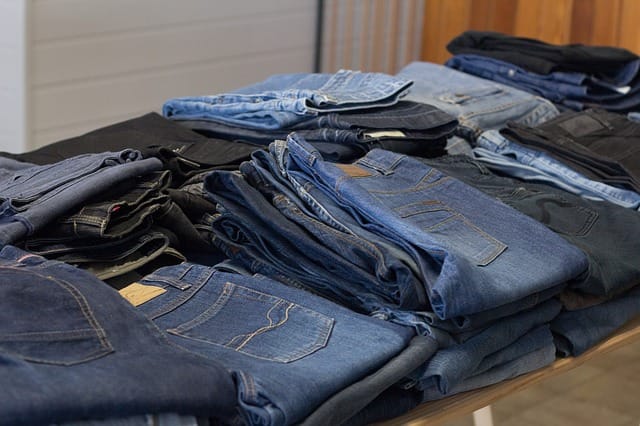EU Outlines Fashion Sustainability Strategy

A week ago, the European Union published a strategy to make the textile and fashion industry sustainable. The target set for this ambitious transformation was the end of this decade and with current challenges this is certainly ambitious!
This strategy falls within the wider Green Deal plan, an overarching set of objectives aimed to make the continent of Europe climate neutral by 2050 and covering everything from energy and transport, through to industry and food. All of this is to be achieved within harming the livelihood of Europe’s citizens or economic growth.
Fashion is a key focus for the EU, thanks to the textile industry having a significant impact on the environment and climate change. According to the European Commission, textile consumption is the third biggest sector for land and water use, whilst being fifth for the emissions of greenhouse gasses.
So what is included in this strategy?
At the heart of this sustainability strategy is the aim to tackle fast fashion. Some of the EC proposals include:
An introduction of design requirements that mean products of all types last longer, can be more easily recycled and repaired helping to reduce the need to throw away and buy a new product.
An introduction of minimum levels of recycled content within a product.
The creation of a digital fingerprint for products, telling people about how sustainable each item of clothing is.
This sustainability roadmap doesn’t just stop at requirements on design and manufacturing but also aims to enforce stricter controls of businesses on accountability. For example, the idea of greenwashing will be tackled, brands must meet minimum disclosure requirements and be accountable for when clothes can no longer be sold.
It is important to note that this plan really does attempt to redesign the fashion industry in the European Union but in many ways it mirrors the wider focus on the environment and climate at the global level.
What has the reaction been?
Like any dramatic change or government intervention, there has been a mixed reaction by both brands and industry bodies. The reality is that if this strategy delivers on its promises then it could have a truly significant impact on the climate and our attitudes towards fashion for future generations.
However, where concerns are being raised is how the EU will measure the impact by fashion on the environment and the tools used to reach a decision. Currently, there are many out there who worry that the current plans are not fit for the purpose they have been designed for and should this not be resolved, then it could cause significant problems for many years to come.
For the vast majority of people within the fashion industry, there is a genuine desire to transform but many of those in favour of saving the planet worry that if such a seismic shift in the approach to fashion goes wrong, the EU will fail in one key area of its Green Deal – making sure that economic strategy changes don’t impact the livelihood of its people.




